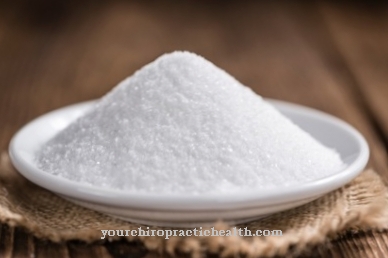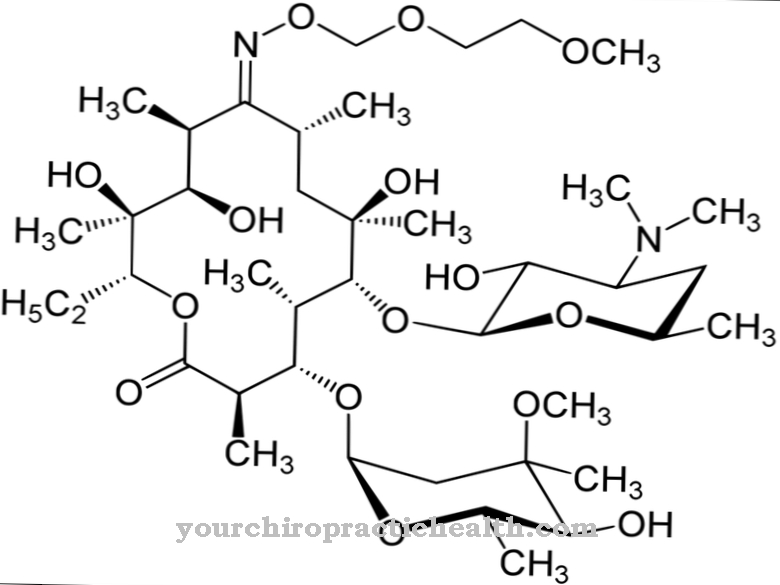The drug cocaine is considered one of the strongest stimulants: it lifts the mood, makes you awake and efficient. And it's dangerous.
What is cocaine?

cocaine is obtained from the leaves of the coca bush (Erythroxylum coca). It particularly thrives on the Andean slopes of Colombia, Bolivia and Peru at an altitude of 600 to 1000 meters. The leaves contain about one percent of the alkaloid known as cocaine.
Alkaloids are natural, nitrogen-containing compounds that usually have a basic reaction. The alkaloid is extracted from the leaves using chemical methods and processed into coca paste and then cocaine hydrochloride.
For the illegal drug market, this substance - it is colorless, odorless and has a bitter taste - is mixed with an additive. The consumer buys it as a white powder that he sniffs through his nose, smokes or injects into his vein.
Pharmacological effect
How works cocaine? The drug affects neurotransmitter activity in the brain. Neurotransmitters are chemical messengers with which nerve cells at the synapses come into contact with other nerve cells and transmit signals.
Put simply, cocaine now ensures that the concentration of the neurotransmitters norepinephrine, dopamine and serotonin (often referred to as "happiness hormones") increases in the synaptic gap. In addition, the breakdown of adrenaline slows down.
The effect: heart, pulse and respiratory rate, blood sugar, body temperature and blood pressure increase, the pupils dilate, the normal sleep-wake rhythm is disturbed, the sensation of pain inhibited. The cocaine user feels wide awake, physically and mentally capable and enduring. Often he is euphoric, hyperactive and he tends to overestimate himself and to flow freely.
Sexual desire can also increase. The feeling of hunger, however, is suppressed, probably because of the high blood sugar level. But even if the consumer eats as usual, he will gain weight more slowly than usual - because the body's metabolism is running at full speed. Finally, cocaine also has a numbing effect. If you put it on the tongue or mucous membranes, for example, you will feel numb very quickly.
Medical application & use
Medicine has made use of this numbing effect on the mucous membranes since the 1884 century. Doctors use cocaine as a local anesthetic during operations - for example on the eye, in the mouth or in the throat.
In this way it was possible to dispense with general anesthesia with ether or chloroform, which always involved certain risks. Another positive side effect of cocaine: It causes blood vessels to constrict, so that the risk of bleeding during the operation is reduced. Cocaine was also prescribed for depression and moods.
In the early 20th century, the drug was freely available everywhere. During World War I, an English company even developed cocaine in pill form. Tens of thousands of soldiers were supplied with it - to alleviate fear and hunger, to be able to march longer and to motivate them better. To this day, it is not known whether all soldiers took the cocaine voluntarily or whether it was mixed into their food. The fact is that there were many thousands of cocaine addicted soldiers after WWI. The Versailles Treaty then stipulated that the drug could only be used for scientific purposes.
Cocaine is rarely used in medicine these days, although it is still approved as a local anesthetic (especially for eye surgery). But there are now many other narcotics that - unlike cocaine - do not pose a risk of addiction.
Risks, side effects & dangers
Because a regular cocaineThe consumer runs the risk of quickly becoming psychologically dependent. He has a strong need for the drug. Other possible emotional consequences of cocaine abuse: Depression, concentration and drive disorders, paranoia, psychoses, personality changes and - specifically for cocaine - the "dermatozoal delusion", in which the addict has the feeling that insects are crawling around under their skin.
Continuous consumption is also not without consequences for the body. Often there are cardiac arrhythmias and visual disturbances, liver damage, potency problems, lack of sexual interest, increased risk of stroke and cerebral hemorrhage.




























.jpg)